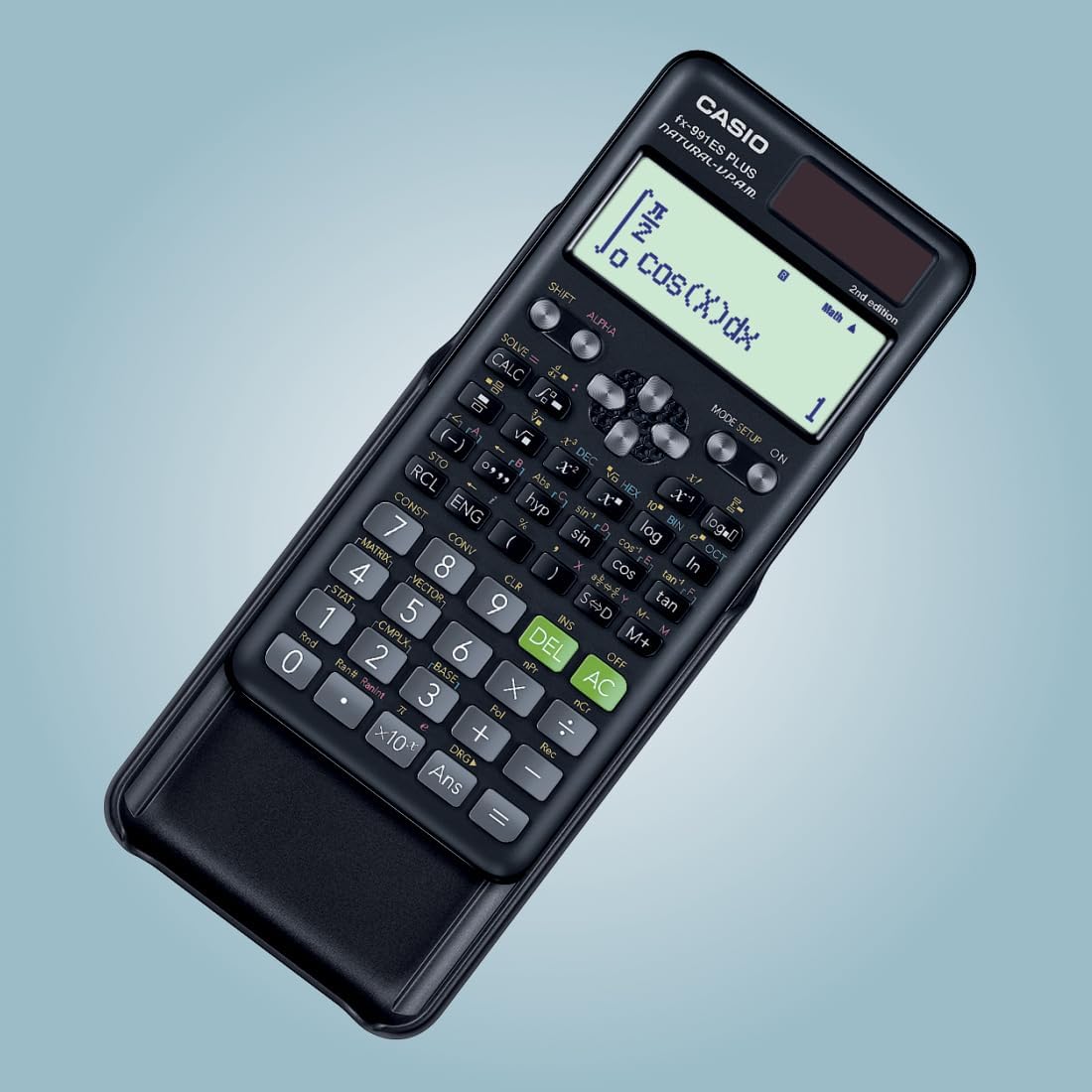Fish Age Calculator
Convert fish years to human years based on species and size
Human Years
Life Stage
Understanding Fish Ages
Fish lifespans vary dramatically by species, ranging from 1-2 years for some small livebearers to 25-100+ years for certain species like koi and sturgeon. In the aquarium hobby, proper care dramatically impacts longevity - many fish die prematurely from poor water quality, inadequate tank size, improper diet, or incompatible tankmates. Goldfish, often kept in bowls and living only months, can actually survive 10-30+ years with proper pond or large tank housing. Fish are ectothermic (cold-blooded), so their metabolism and aging rates are influenced by water temperature.
Fish Life Stages
- Fry (0-3 months): Newly hatched or born, tiny and vulnerable, rapid growth, high nutritional needs
- Juvenile (3 months-1 year): Active growth phase, developing adult coloration and finnage, establishing hierarchy
- Young Adult (1-2 years): Sexual maturity reached, peak activity and breeding condition, full coloration
- Adult (2-5+ years): Prime health and reproduction, stable behaviors, fully developed size and color
- Mature Adult (varies by species): Continued good health, possible size increase, experienced breeder
- Senior (varies by species): May show decreased activity, fading colors, age-related health issues
Popular Aquarium Fish Lifespan Comparison
Betta Fish
- • Average lifespan: 3-5 years
- • Sexual maturity: 3-4 months
- • Minimum tank: 5 gallons
- • Care level: Beginner
Goldfish
- • Average lifespan: 10-30 years
- • Sexual maturity: 1-2 years
- • Minimum tank: 20-30+ gallons
- • Care level: Intermediate
Guppy
- • Average lifespan: 2-3 years
- • Sexual maturity: 2-3 months
- • Minimum tank: 10 gallons
- • Care level: Beginner
Neon Tetra
- • Average lifespan: 5-8 years
- • Sexual maturity: 6-9 months
- • Minimum tank: 10 gallons
- • Care level: Beginner
Angelfish
- • Average lifespan: 10-12 years
- • Sexual maturity: 6-12 months
- • Minimum tank: 30 gallons
- • Care level: Intermediate
Oscar
- • Average lifespan: 10-15 years
- • Sexual maturity: 1-2 years
- • Minimum tank: 55-75 gallons
- • Care level: Intermediate
Koi
- • Average lifespan: 25-35 years
- • Sexual maturity: 3-5 years
- • Minimum: Pond (200+ gallons)
- • Care level: Advanced
Fish Health and Aquarium Care
Fish are complex organisms requiring stable aquatic environments to thrive. Unlike terrestrial pets, fish live in their own waste, making water quality management critical. Poor conditions cause chronic stress, disease susceptibility, stunted growth, and premature death. Understanding the nitrogen cycle, maintaining stable parameters, and providing species-appropriate care are essential for fish to reach their natural lifespan potential.
Essential Fish Care Requirements:
- Provide appropriately sized aquarium (research minimum requirements per species, bigger is always better)
- Cycle tank before adding fish (establish beneficial bacteria to process ammonia and nitrite)
- Test water parameters regularly (ammonia 0ppm, nitrite 0ppm, nitrate <20ppm, pH species-appropriate)
- Perform regular water changes (typically 25-30% weekly to remove toxins and replenish minerals)
- Maintain stable temperature with reliable heater (most tropical fish: 75-80°F, research species needs)
- Install adequate filtration (turnover rate 4-10x tank volume per hour depending on bioload)
- Provide proper lighting (8-10 hours daily for planted tanks, less for algae-prone setups)
- Offer species-appropriate diet (quality flakes/pellets, supplement with frozen/live foods, avoid overfeeding)
- Research compatibility before mixing species (temperament, size, water parameter needs)
- Quarantine new fish before introducing to main tank (prevent disease transmission)
- Never use soap or chemicals in aquarium equipment (lethal to fish even in trace amounts)
- Avoid overstocking (follow conservative stocking guidelines, consider adult fish size)
Common Fish Health Considerations
Poor Water Quality
Number one killer of aquarium fish. Ammonia, nitrite, and high nitrate levels cause burns, organ damage, stress, and death. Regular testing and water changes are essential.
Ich (White Spot Disease)
Common parasitic infection appearing as white spots on body and fins. Usually triggered by stress or temperature fluctuations. Treatable with medication and temperature adjustment.
Inadequate Tank Size
Stunts growth, increases aggression, limits swimming space, and accumulates waste faster. Fish bowls are inadequate for any fish species. Research appropriate tank sizes.
Overfeeding
Leading cause of water quality problems and obesity. Feed only what fish can consume in 2-3 minutes, once or twice daily. Uneaten food decomposes and pollutes water.
References
The lifespan and care data used in this calculator are based on scientific research and reputable aquarium sources:
Note: This calculator provides estimates based on average fish lifespans in proper aquarium conditions. Individual fish longevity varies dramatically based on species, genetics, water quality, tank size, diet, tankmate compatibility, disease prevention, and overall husbandry quality. Many aquarium fish die prematurely from preventable causes. Wild fish lifespans differ from captive conditions. These estimates assume optimal care with appropriate tank size, stable water parameters, and proper nutrition.
Recommended Calculator

Casio FX-991ES Plus
The professional-grade scientific calculator with 417 functions, natural display, and solar power. Perfect for students and professionals.
View on Amazon